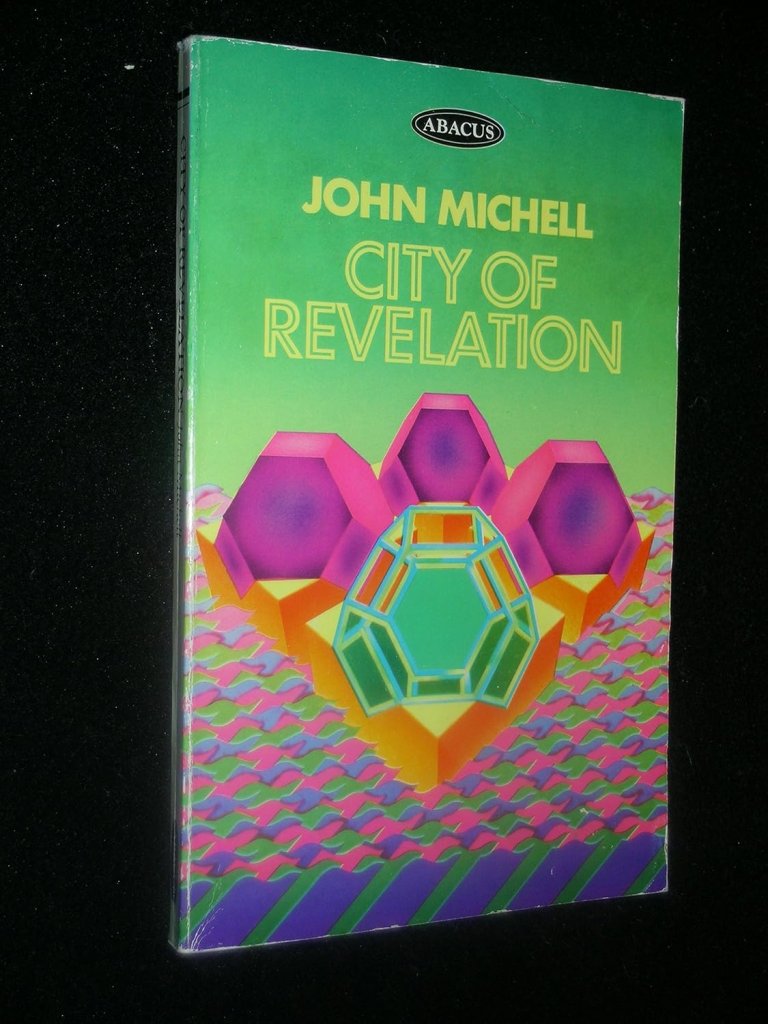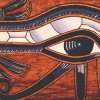In the enigmatic world of codes and their deciphering, an intriguing link emerges with the name “Dietrich.” In German, “Dietrich” means a skeleton key, a tool designed to unlock hidden mysteries. This connection resonates with the Maier Files series, where Rolf Dietrich is referred to as “the key.” But the key to what? This question becomes the gateway to a profound exploration of coding, decoding, and the interpretation of codes.
Inspired by the symbolic power of “Dietrich,” we try to unravel the encyclopedic realm of codes, delving into their definitions, applications, and the intricate art of interpretation. From conventional encoding in wartime to the esoteric codes found in ancient texts, we navigate through the complexities of meanings and unveil the secrets behind the keys that open doors to hidden knowledge.
Understanding Codes
Codes, as defined in the realm of information theory, are rules for converting information from one form to another. This can range from converting letters or words into different symbols to more complex transformations. The first Wikipedia site provides a comprehensive definition: “A code is a rule for converting a piece of information into another form or representation.”
The second site explores the disciplines and uses of interpretation, categorizing them into areas such as language, philosophy, math, science, computing, law, art, literature, performance, music, media, and other uses. These codes and their keys are not only relevant in various fields but also play a crucial role in interpreting esoteric texts.
Esoteric Codes and Interpretation
Esoteric texts often involve codes that go beyond simple communication. Unlike codes used in wartime or crossword puzzles, esoteric codes aim at multiple sets of meanings. Antoine Faivre’s definition of esotericism emphasizes correspondences, stating that the entire universe is a vast theater of mirrors, an ensemble of hieroglyphs to be decoded.
Esoteric codes, such as those illustrating the relationship between the planetary macrocosm and bodily microcosm, open the door to multiple interpretations based on symbols and correspondences. These interpretations, while not always indicative of esoteric content, allow for a continual evolution of understanding over changing cultural conditions.
Gematria: Decoding with Numbers
Gematria, a method of coding that relates letters and words to numbers, offers a unique perspective on encoding information. Explored in John Michell’s “City of Revelation,” gematria uses the numerical correspondence of the Greek alphabet to link numbers to sacred geometry and geographical place. This coding system has historical roots in Hebrew Kabbalah and has found applications in Latin, English, and other languages.
Nicholas Campion’s exploration of number in relation to time in “The Great Year” adds another layer to the significance of codes. Linear and seasonal notions of time connect with recurrence and cyclical movements, providing a richer context for understanding coded information.


Two Approaches to Classification
Esoteric coding is not limited to a single method, and scholars often identify specific codes to understand the influences and intentions behind a text. Let’s highlight two contrasting approaches: the Aristotelian system of classification, which leads to closed definitions, and the system of correspondences, allowing for flexible and interconnected definitions. Each method serves different purposes, providing advantages and disadvantages based on the desired outcome.
The Ambiguity of Secrets
Secrets, especially esoteric ones, come with an inherent ambiguity. While traditional secrets could be understood with access to facts, esoteric secrets intentionally hide and disguise information. Esoteric texts may seem incomplete, contain contradictions, or provoke questions, inviting readers into an active pursuit of code and key.
Gurdjieff‘s approach to addressing the challenges of decoding his text, “Beelzebub’s Tales to His Grandson,” involved acknowledging the presence of keys. This acknowledgment, along with the concept of a ‘legomanism‘ – openly advertising anomalies – creates an anti-code that teases readers with the knowledge that a secret is present and invites them to decode it.

Secrecy in the 19th and 20th Centuries
The 19th and 20th centuries witnessed a resurgence of interest in esoteric teachings, driven in part by a need for alternatives to the established order. As the Christian Church gained dominance, esoteric teachings, including alchemy, astrology, cabala, gnosticism, and hermeticism, provided counter-cultural and alternative sources of guidance. Secrecy became a necessity to avoid charges of heresy, especially during the Reformation, when different branches of Christianity accused each other of heretical beliefs.
Oral and Written Transmissions
Coded knowledge intricately weaved into diverse forms – literature, poetry, folk tales, and novels. Artists, residing on society’s periphery, embraced esoteric coding, delving into alternative values and counter-cultural concepts. In times of conflict, their paths converged with political activists, forming a captivating tapestry of expression and resistance.
Delving into the realm of oral traditions, we encounter the profound impact of linguistic scholars, particularly the revered Grimm brothers. Renowned for their collections of folklore, these German academics and cultural researchers played pivotal roles in shaping a German identity through their meticulous collection of unwritten lore stories, proverbs, riddles, and songs.
Linguistic disciplines
The 19th-century European landscape, marked by a surge in linguistic studies, witnessed a predominant focus on philology, emphasizing historical linguistics. This focus is crucial to our investigation of esoteric codes, as it lays the foundation for understanding the intricate connections between sound usage in oral traditions and their incorporation into written texts.
As we navigate through linguistic disciplines, phonology emerges as a key player, scrutinizing the sounds of language. The distinction between reading silently and listening to a text being read aloud unveils a crucial aspect—the loss of the auditory dimension in written words. While puns may still be recognizable, other forms of wordplay, slang, and intricate manipulations of sounds remain concealed from silent readers.
Spoonerism
Our exploration takes us through fascinating linguistic phenomena, from anagrams to Spoonerisms and metathesis. Anagrams, with their strict rules, serve as a linguistic puzzle, revealing errors when letters are left unused. Spoonerisms, attributed to the eccentric Dr. Spooner, showcase transpositions of initial letters, adding a layer of humor to linguistic play.
Metathesis
Metathesis, a branch of phonology, emerges as a powerful tool for recognizing and confirming intentional manipulations of language. Through visual imagery, like the “MetaThesis Ultegra” bike, we grasp the concept of rearranging components to create a recognizable whole. This visual recognition activates the reader’s attention, prompting questioning and reassessment.
A deeper dive into metathesis reveals its presence in the 20th century, particularly in what Jon Woodson terms “Oragean Modernism.” This literary movement, influenced by metathesis and rooted in alchemical traditions, encompasses a group of American novelists. These authors, including notable figures like Djuna Barnes and Zora Neale Hurston, utilized metathesis as a form of ‘phonetic cabala,’ merging personal esoteric aims with broader political goals.

Djuna Barnes
Woodson’s research sheds light on the ambiguity of secrets—those concealed yet subtly revealed. The ‘legomonism‘ concept, introduced by Gurdjieff, serves as a lawful inexactitude, prompting readers to be vigilant for coded content. The aim of preserving esoteric teachings for future generations becomes apparent as authors code not only their works but also the names and teachings of Gurdjieff, Orage, and Ouspensky within the texts.
Lost literary movement
In our exploration, we uncovered a lost literary movement that weaves together esoteric wisdom, linguistic puzzles, and societal reflections—a testament to the enduring enigma of language and its intricate codes.
Multifaceted realm
The world of codes and their interpretation is a vast and multifaceted realm, shaping our understanding of information and knowledge. From ancient times to the complexities of esoteric texts, decoding information involves not only unraveling symbols and correspondences but also navigating the ambiguity of secrets.



